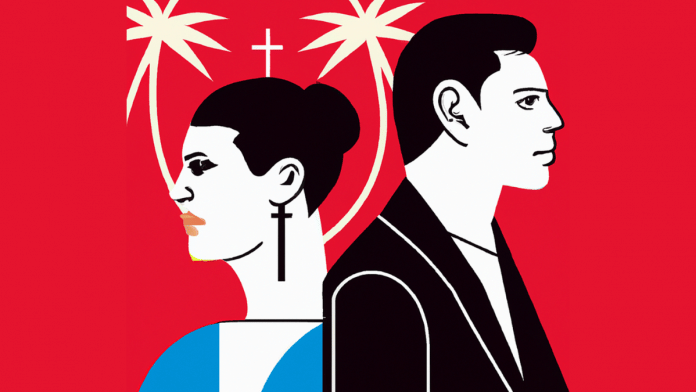
Thank you dear subscribers, we are overwhelmed with your response.
Your Turn is a unique section from ThePrint featuring points of view from its subscribers. If you are a subscriber, have a point of view, please send it to us. If not, do subscribe here: https://theprint.in/subscribe/
The institution of heterosexual marriage wields significant influence over societal norms and expectations, yet a closer examination reveals inherent inequalities. Historically, men have enjoyed numerous advantages within marriage, such as financial stability and career advancements, granting them higher social status and privilege. Conversely, women often bear the weight of hidden disadvantages, including an unequal distribution of household chores and limited career progression due to conflicting responsibilities. Balancing domestic duties with professional aspirations can lead to reduced autonomy and hinder women’s self-fulfillment.
However, the paradox lies in how cultural narratives frame heterosexual marriage. Despite the inherent disparities, popular media and societal expectations often portray women as desiring marriage, while men are depicted as resistant to commitment. This cultural framing perpetuates the notion that women’s ultimate goal is to secure a husband and settle down, while men are encouraged to prioritize personal freedom and avoid the perceived burdens of marriage. These stereotypes and misconceptions overlook the diverse desires and aspirations of individuals within relationships, further perpetuating harmful gender dynamics.
In order to comprehend the persisting inequalities and to understand the realities of marriage and the disparity between societal expectations and individual desires away from the epithelial layer of cultural narrative, it is important to examine the historical context and question why social norms have been slow to adapt to the changing modern world. Despite the advancements of feminism, the redefinition of gender roles within heterosexual marriages has not been fully realized.
Men historically held positions of power and influence, shaping societal structures and expectations. In a world without feminist movements, men were the dominant force in defining gender roles within marriage and other social institutions. This power dynamic allowed them to establish themselves as the primary earners and decision-makers, while women were often confined to domestic responsibilities and were often dictated to prioritize marriage and family.
However, it is crucial to recognize that the desires and aspirations of women are diverse and not universally aligned with these cultural expectations. While some women may indeed seek companionship and a traditional marital setup, many others strive for personal fulfillment, career advancement, and shared responsibilities within their relationships. However, the institutions of marriage and society, at large, often perpetuate the notion that women inherently desire marriage while men resist commitment. This framing oversimplifies the complex realities of individual desires and choices within relationships. It is essential to challenge these cultural perceptions and acknowledge the agency of women in deciding what they truly want from a partnership.
While feminism emerged as a response to these inequities, its ability to bring about significant societal change has faced challenges. According to research, women still spend more time on household chores and childcare compared to men, even when both partners are employed. Some even argue that feminism, to a certain extent, has been co-opted by men in power as a means to control and maintain their dominance. By promoting a façade of progress and gender equality, men may use feminism to preserve their position and control over societal dynamics, promoting simplistic stereotypes like men want careers while women want husbands. This perspective suggests that true gender equality may be elusive as long as those in power are unwilling to relinquish their control and privilege.
Recognizing and addressing this disparity requires a collective effort to redefine societal norms and expectations. It necessitates open dialogue, mutual respect, and shared decision-making within relationships. By promoting partnerships that embrace equality, understanding, and support, we can create an environment where the diverse desires and aspirations of both men and women are valued and honored.
In conclusion, the realities of marriage extend beyond societal expectations and cultural narratives. Women’s desires and aspirations within heterosexual relationships are varied and should not be reduced to simplistic stereotypes. By acknowledging the complexities of individual desires and challenging traditional norms, we can foster healthier and more fulfilling marriages that truly reflect the needs and aspirations of both partners.
These pieces are being published as they have been received – they have not been edited/fact-checked by ThePrint.


COMMENTS